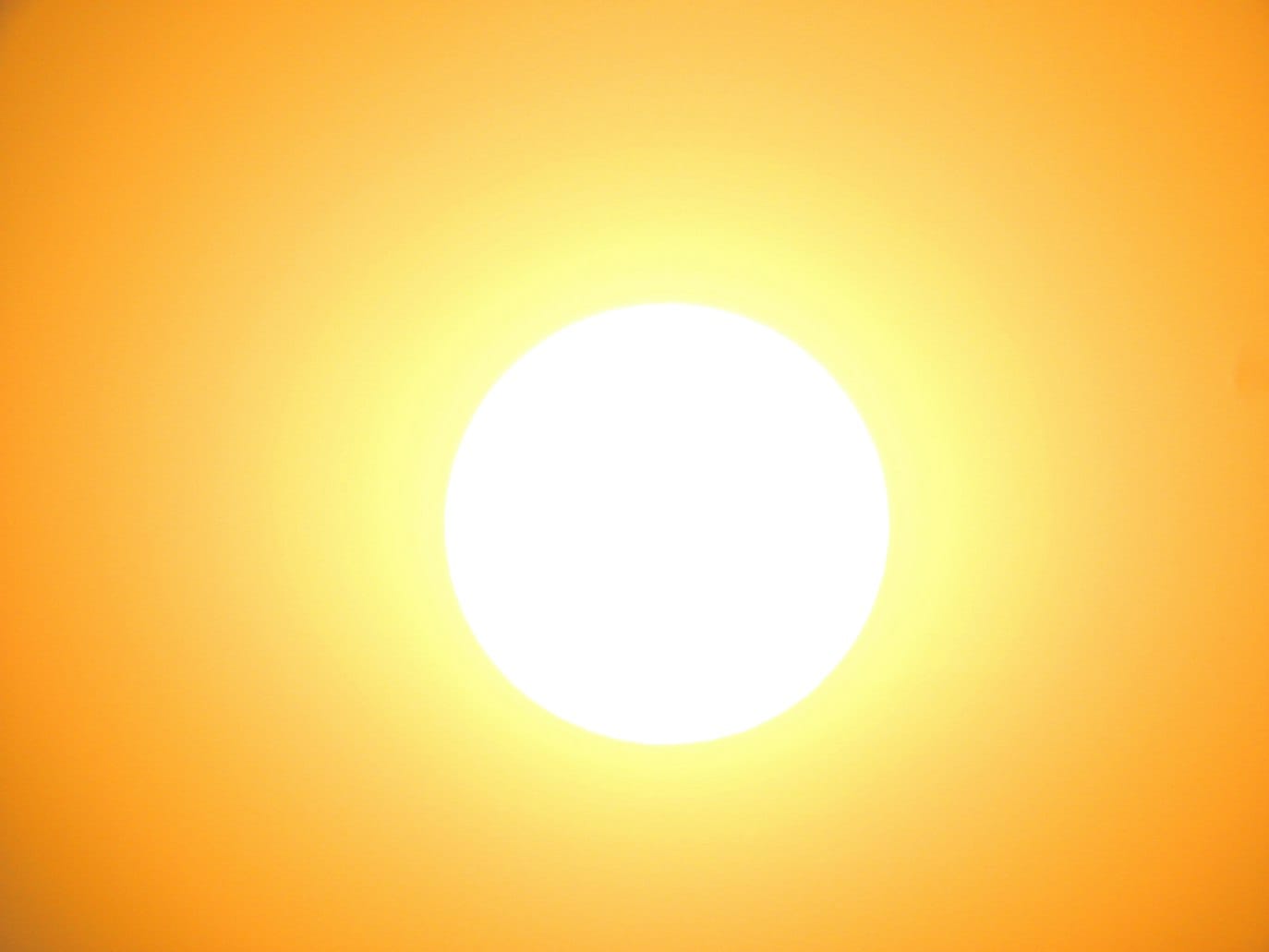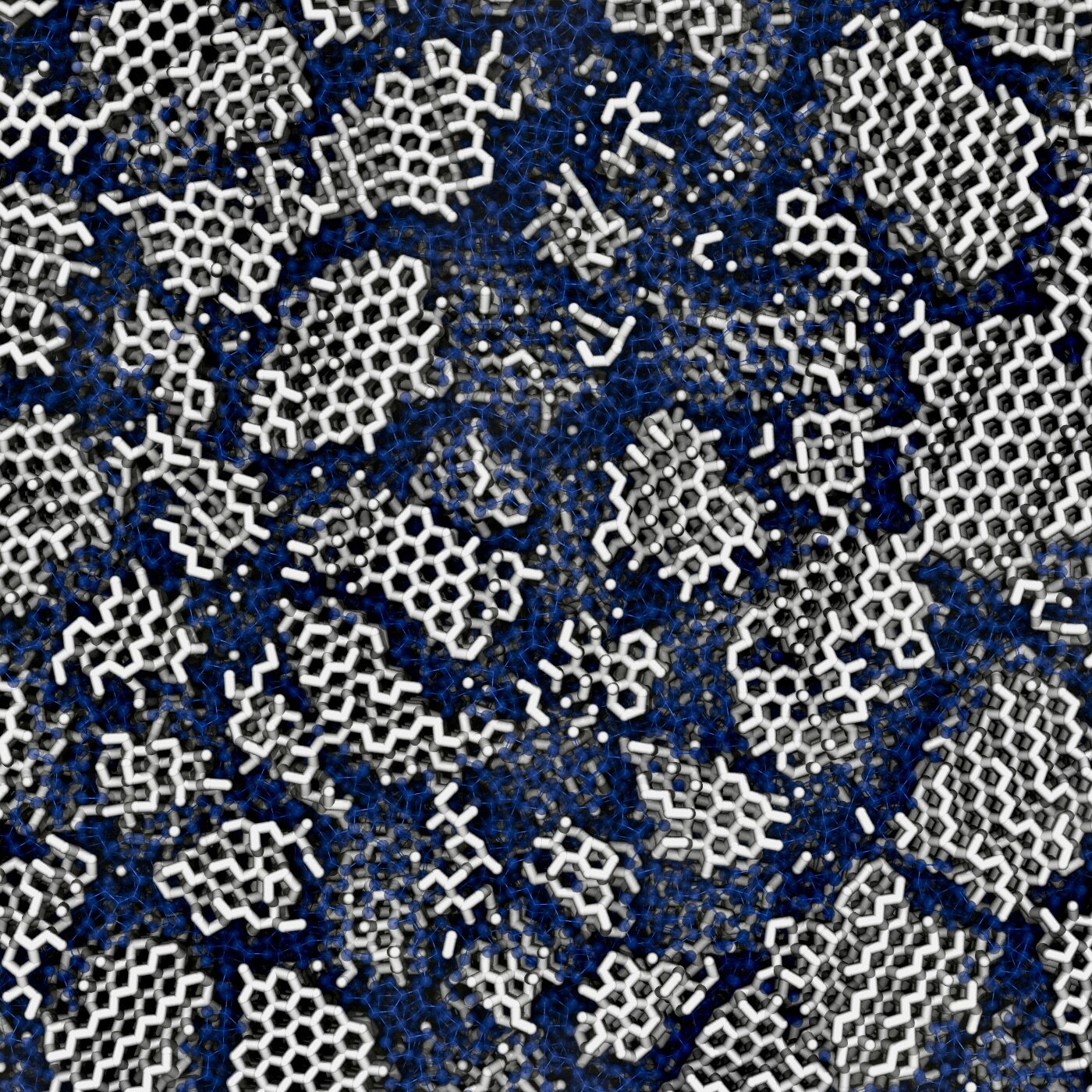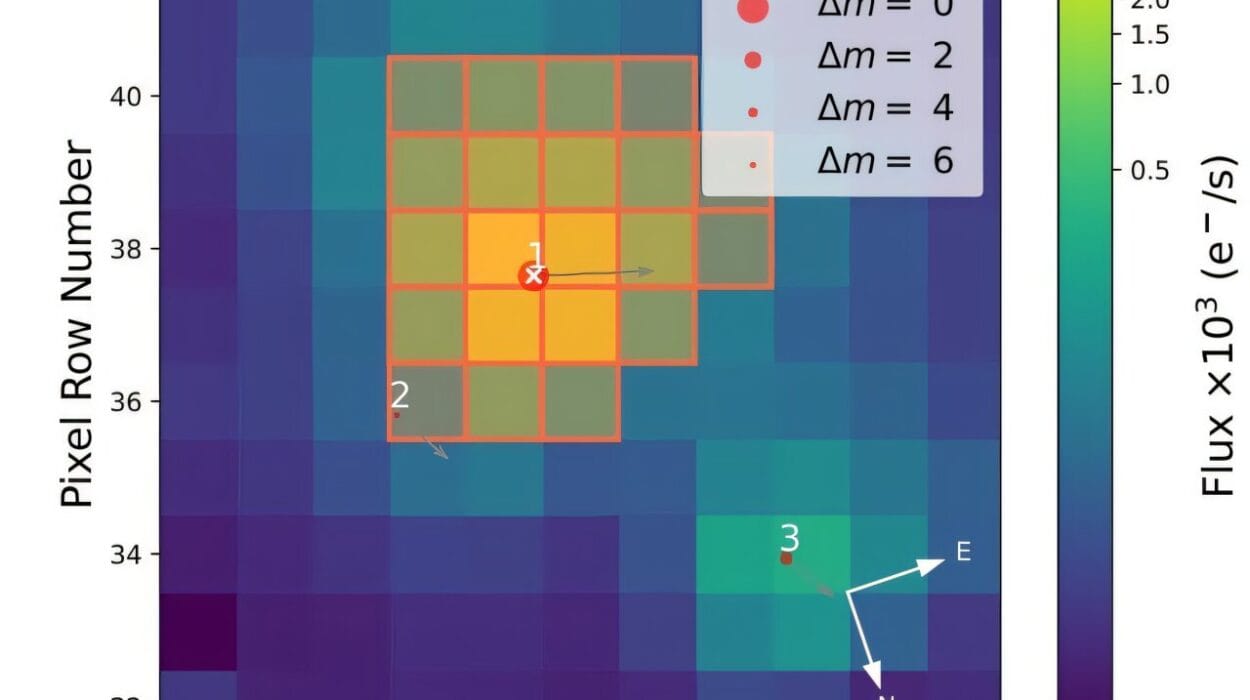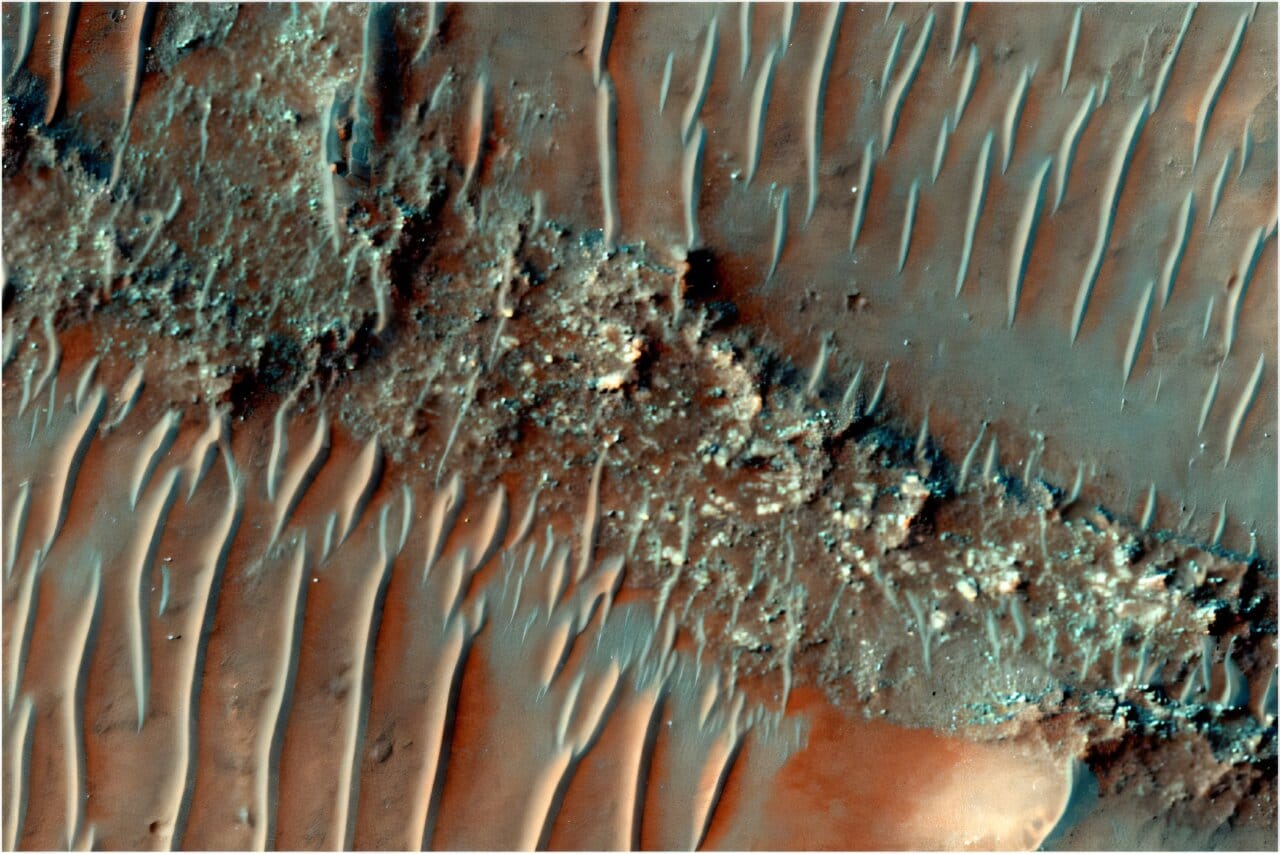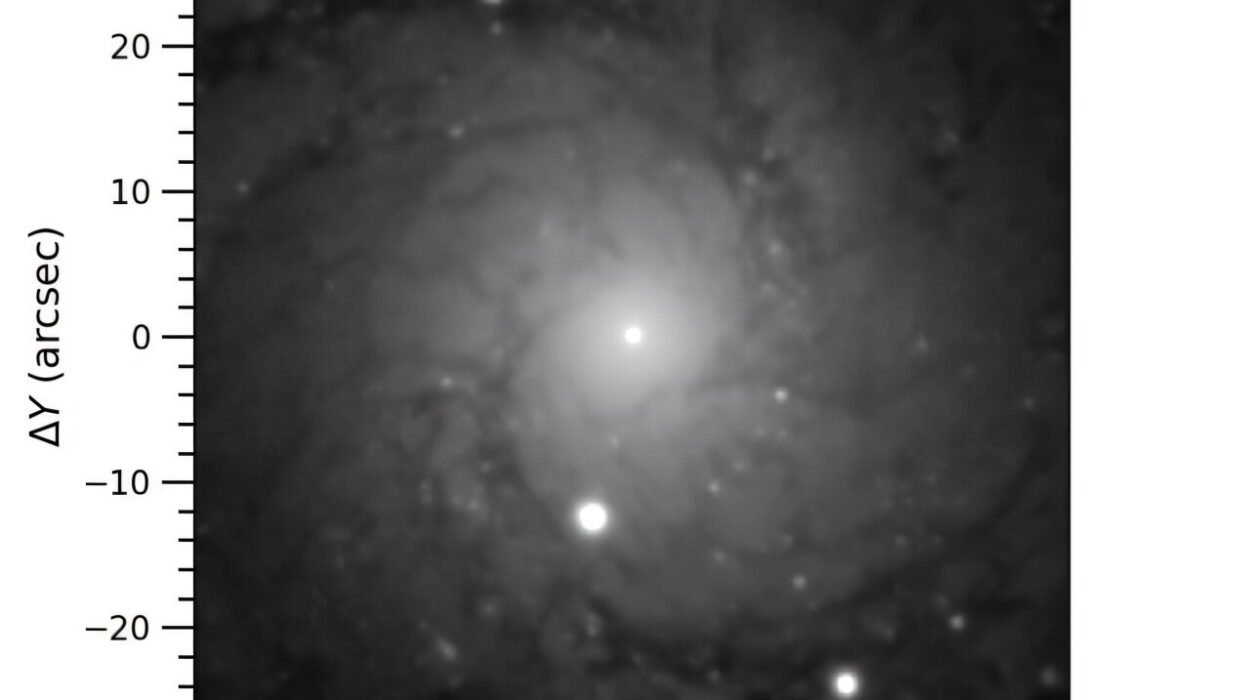Long before Earth spun into existence, before oceans shimmered or mountains rose, before life dared to dream of itself, there was darkness punctuated by scattered clouds of gas and dust drifting silently in the vastness of the Milky Way. Among those clouds, unseen forces were already writing the first lines of the Sun’s story—a story that began nearly 4.6 billion years ago.
The Sun is not just a star; it is our star. It is the beating heart of our Solar System, its blazing energy sustaining every plant, every breath, every heartbeat on Earth. Yet, understanding how it came to be is not just an exercise in astronomy. It is a journey back in time to the very dawn of our cosmic neighborhood, a journey that reveals how ordinary stardust can ignite into a living, burning light capable of shaping worlds.
The Silent Sea of Nebulae
The Sun’s birthplace was what astronomers call a molecular cloud—a vast, cold, and dense region of interstellar space composed mostly of hydrogen gas mixed with helium and tiny specks of cosmic dust. These clouds stretch across light-years, floating like dark veils between the stars, appearing almost empty to the naked eye. But hidden within them lies the raw material for stars.
This particular cloud was not unique. It had drifted through space for millions of years, shaped by passing supernova shocks, stirred by galactic winds, and enriched by heavy elements forged in earlier generations of stars. Each grain of dust within it carried a history older than the Sun itself, some formed in the fiery deaths of ancient stars that exploded long before the Solar System was conceived.
Within this quiet cosmic sea, something changed. Gravity—silent, patient, relentless—began to pull the gas and dust inward. This was not a sudden collapse, but a slow tightening of an invisible thread. Somewhere in the cloud, a denser pocket began to form, like a whirlpool in a still ocean, marking the first breath of our Sun.
The Collapse of a Cloud: Birth of a Protostar
Gravity’s grip strengthened as the dense region drew in more and more material. As it collapsed, the gas particles collided, converting gravitational energy into heat. Slowly, the temperature at the center began to rise. What was once a cold and diffuse patch of the molecular cloud became a hot, spinning knot of matter—a protostar, the Sun in its earliest infancy.
This young protostar was still shrouded in gas and dust, invisible to the universe. But deep inside, pressures mounted. The collapse wasn’t quiet anymore. Turbulence churned. Magnetic fields twisted and snapped. Jets of material burst outward along its poles as angular momentum forced the spinning cloud to flatten into a disk.
This disk would one day form planets, moons, asteroids, and comets—a whole planetary system born from the leftovers of the Sun’s creation. But at this early stage, the protostar itself was not yet a star. To become one, it needed to ignite a process that would power it for billions of years: nuclear fusion.
Ignition: The Dawn of Fusion
As the protostar continued to contract under gravity, its core temperature skyrocketed. What began as a few hundred degrees climbed to thousands, then millions. At about 15 million degrees Celsius, a transformation occurred. The hydrogen atoms in the core, squeezed so tightly that their natural repulsion was overcome, began to fuse together, forming helium and releasing vast amounts of energy in the process.
This was the moment the Sun truly came alive. Nuclear fusion counterbalanced the inward pull of gravity, stabilizing the young star. It erupted with light and heat, blowing away the remaining gas and dust in its immediate surroundings. A new star had been born, shining for the first time in the cosmic darkness.
Fusion is what defines a star. Without it, a protostar remains just a failed attempt, like a brown dwarf. But with fusion blazing at its heart, the Sun had crossed a threshold from which there was no turning back. It had become a main-sequence star, the same phase it remains in today, steadily converting hydrogen into helium and radiating energy into space.
The Solar Nursery: Birth of Siblings
Stars rarely form alone. The molecular cloud that birthed the Sun also produced many other stars around the same time. Astronomers believe that the Sun was likely born in a stellar nursery—a cluster of hundreds or even thousands of sibling stars.
These stars, though long dispersed across the Milky Way, once shared the same cosmic cradle. Their early radiation and winds would have sculpted each other’s planetary disks, influencing the formation of planets. Some of these siblings may have been massive and short-lived, ending their lives as supernovae not long after the Sun’s birth.
As the young Sun matured, gravitational interactions and stellar winds gradually pushed these siblings apart. Today, astronomers search for stars with chemical fingerprints nearly identical to the Sun’s, hoping to find these long-lost stellar relatives and piece together the Sun’s extended family tree.
The Formation of the Solar System
While the Sun’s core burned brighter, the surrounding disk of gas and dust underwent its own transformation. Tiny dust grains collided and stuck together, forming pebbles, then boulders, then planetesimals—building blocks of planets. Over millions of years, these coalesced into the eight planets we know today, along with dwarf planets, moons, and countless smaller bodies.
The inner regions of the disk, scorched by the Sun’s heat, formed rocky planets like Mercury, Venus, Earth, and Mars. Farther out, where ices could survive, gas giants like Jupiter and Saturn gathered massive envelopes of hydrogen and helium. Beyond them, Uranus and Neptune emerged as icy giants.
The Sun’s energy played a critical role in shaping this architecture. Its intense solar winds blew away lighter gases from the inner Solar System, preventing Earth from becoming a gas giant. At the same time, the Sun’s gravity anchored all these worlds, orchestrating their orbits in a delicate cosmic dance that has endured for billions of years.
A Star’s Lifelong Glow
From its fiery birth, the Sun entered the long, steady phase known as the main sequence. During this stage, hydrogen fusion produces the immense energy that fuels sunlight, powering life on Earth and driving the climate of the entire Solar System.
This phase is remarkably stable. For billions of years, the Sun’s light has barely changed in intensity. Deep in its core, however, fusion gradually converts hydrogen into helium. As helium builds up, the Sun slowly grows hotter and brighter, subtly altering the conditions of nearby planets.
The Sun is about halfway through this phase of its life. In another 5 billion years, it will exhaust its core hydrogen and transform dramatically into a red giant, expanding to engulf Mercury, Venus, and possibly Earth. Eventually, it will shed its outer layers, leaving behind a dense white dwarf—a quiet ember of its former self.
But those final chapters are far in the future. For now, the Sun remains a stable and nurturing star, sustaining the only known life in the universe.
The Evidence of Stellar Formation
How do we know this story is true? After all, no human witnessed the Sun’s birth. Our understanding comes from observing countless other stars in various stages of formation across the galaxy. With telescopes that can see in infrared and radio wavelengths, astronomers peer into molecular clouds, catching glimpses of protostars wrapped in disks of gas and dust.
In these stellar nurseries, we see snapshots of processes identical to those that formed the Sun. Young stars with swirling disks. Jets of material shooting out at high speeds. Brightening protostars on the verge of ignition. These cosmic laboratories confirm that our Sun’s birth was not unique but part of a universal pattern of star formation.
Meteorites that fall to Earth also hold clues. Many contain isotopic fingerprints dating back to the early Solar System, preserving records of the Sun’s formative years. Some even carry traces of radioactive elements likely forged in a nearby supernova, suggesting that a dying star’s explosion may have triggered the collapse of the very cloud that birthed the Sun.
The Cosmic Perspective
The story of the Sun’s formation is not just the tale of a single star but part of a grand cosmic cycle. Stars are born from clouds of gas and dust. They shine for millions or billions of years, then die in explosions or gentle fades, returning enriched material to space. From this recycled stardust, new clouds form, birthing new stars and planets.
Our Sun is one link in this endless chain of stellar evolution. The atoms in your body—carbon, oxygen, iron—were forged in earlier stars that lived and died before the Sun was born. In this sense, the Sun’s creation was not the beginning but a continuation of cosmic history, carrying forward the legacy of ancient stars and paving the way for future ones.
Awe in the Everyday
Every sunrise is a reminder of this epic journey. When golden light spills over the horizon, we are witnessing energy released by fusion reactions that began in the Sun’s core hundreds of thousands of years ago, slowly making their way to the surface before racing to Earth in just eight minutes.
The warmth on your skin, the photosynthesis in plants, the winds that move across oceans—all are threads in a tapestry woven by a star born billions of years ago in a dark, collapsing cloud. Without that cosmic accident, without gravity’s patient hand and nuclear fusion’s fiery heart, there would be no Earth, no life, no you reading these words.
A Continuing Mystery
Despite all we know, mysteries remain. What precisely triggered the Sun’s formation? Was it a nearby supernova’s shockwave, or the quiet gravitational pull of a denser region of the cloud? How exactly did its sibling stars shape its early life? Could studying its formation teach us about the countless stars that might host other habitable worlds?
Astronomers continue to probe these questions, watching new stars flicker into existence and comparing their births to the story we’ve pieced together about our own. Each observation adds detail to a cosmic portrait that is still incomplete but endlessly fascinating.
The Eternal Flame
From the silence of a molecular cloud to the roaring blaze of a main-sequence star, the Sun’s formation is a saga of transformation, a story written in gravity, heat, and time. It reminds us that even the most ordinary object in our sky—a star we see every day—has an origin as dramatic and mysterious as any tale in the universe.
And long after we are gone, long after Earth itself has been transformed or consumed, the Sun’s light will continue to stream across the Solar System, a testament to the processes that forged it from dust and darkness into brilliance.
In understanding how the Sun was formed, we glimpse not just the history of a star, but the deep, unbroken connections that bind all things in the cosmos. We are children of that same process, born from the same stardust, warmed by the same fire, part of the same infinite story.
